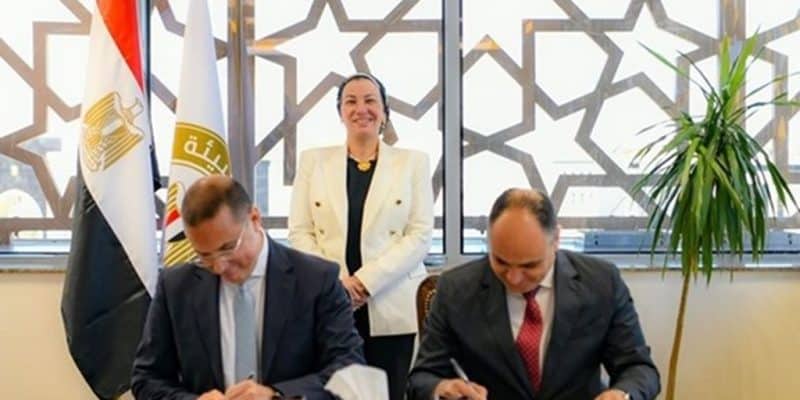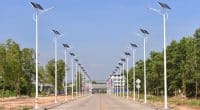In Egypt, the coastal town of Hurghada will be even more popular to visit in a few years' time following its ecological transformation. It is being financed to the tune of 3 million dollars by the Global Environment Facility (GEF).
Between the property developments underway in the new capital Al-Masa and the development of rail and commercial infrastructure in all the governorates, Egypt is a vast construction site at the moment. This economic dynamism also includes environmentally-friendly projects. For some years now, the land of the Pharaohs has been experimenting with the concept of green cities.
In the targeted cities, the Egyptian government is developing more green spaces, electrifying the car fleet, and increasing the number of waste recycling plants and solar panels. The seaside city of Sharm el-Sheikh was the last to benefit from these measures at the 27th Conference of the Parties on Climate Change (COP27), which it hosted in November 2022. The neighbouring peninsula of Hurghada on the Red Sea will be the next city to benefit from this ecological transformation.
The various investments in the project, implemented by the Egyptian Ministry of the Environment and the United Nations Industrial Development Organization (UNIDO), will be financed to the tune of $3 million by the Global Environment Facility (GEF). The GEF is one of Egypt’s main development partners for nature-based projects.
Read also- What can we expect from the 12th World Urban Forum in Egypt in November 2024?
In Hurghada, where 87,000 inhabitants live alongside foreign visitors all year round, tourism is the main activity, with scuba diving, boat trips and safaris among the highlights. These activities are beginning to threaten biodiversity. Part of the 3 million dollars will therefore be used to restore degraded marine ecosystems and construct buildings with low CO2 emissions through the introduction of climate technologies.
Benoit-Ivan Wansi







